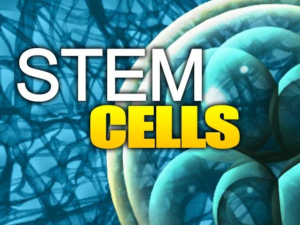FAQ’s on Regenerative Medicine and
Stem Cell Therapies in Atlanta

Stem cells are critical cells in the human body. These blank slate cells turn into highly specialized cells that make up our tissues and organs. Throughout life, we rely on our stem cells to repair damaged and injured body tissues.

